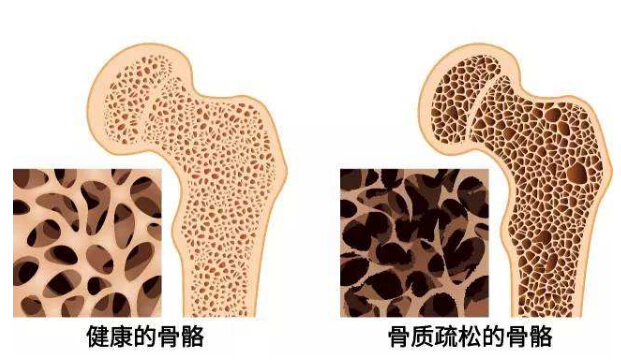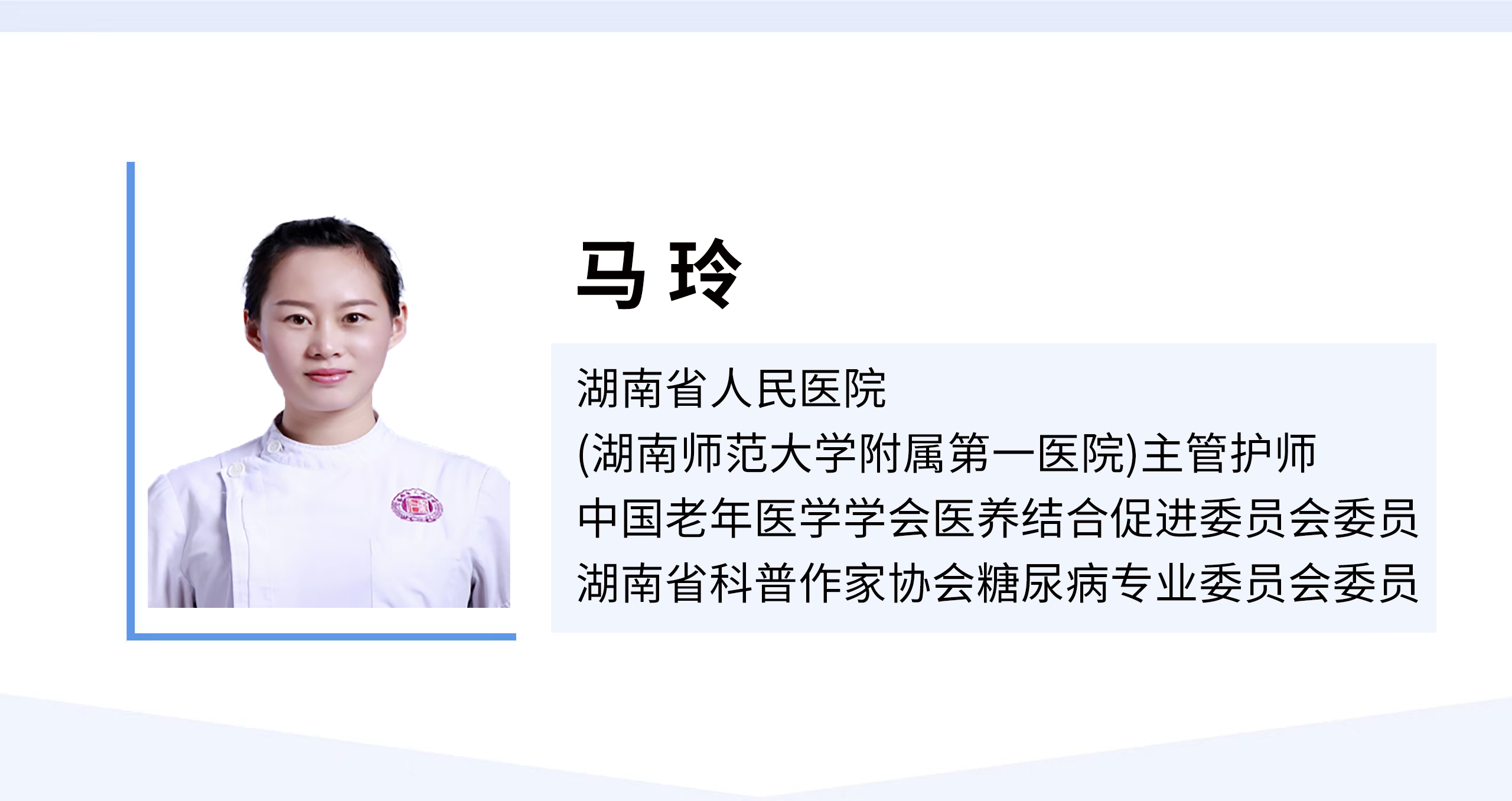[Micro Science Popularization] Talking about Osteoporosis in the Elderly
What is Osteoporosis?
Osteoporosis is a systemic and metabolic bone disease characterized by low bone mass, microstructure damage of bone tissue, increased bone fragility and fracture. Osteoporosis can occur at any age, but is more common in postmenopausal women and elderly men. According to the cause, osteoporosis can be divided into two categories: primary and secondary. Postmenopausal osteoporosis and senile osteoporosis both belong to primary osteoporosis. Senile osteoporosis generally refers to osteoporosis that occurs after the age of 60. In October 2018, the National Health Commission announced the results of the first epidemiological survey on osteoporosis in China, which showed that the prevalence rate of osteoporosis in people over 50 years old was 19.2%, among which the prevalence rate of women was 32.1% and that of men was 6.0%. It was 16.2% in urban areas and 20.7% in rural areas. The incidence of osteoblastosis was 32.0% in people aged 65 years, 51.6% in females and 10.7% in males. It was 25.6% in urban areas and 35.3% in rural areas.

Osteoporosis is a common bone disease. Most patients with osteoporosis have no obvious clinical symptoms in the early stage. With the progression of the disease, a series of clinical manifestations can appear. The typical symptoms are bone pain, muscle weakness, spinal deformation and fragility fracture. The pain is manifested as low back pain or whole body bone pain, aggravated at night or during weight-bearing activities, may be accompanied by muscle spasms, limited activity, etc. In patients with severe osteoporosis, due to compression fractures of the vertebral body, height can be reduced or the spine can be deformed.

Treatment of osteoporosis
Osteoporosis patients should go to the regular hospital endocrinology department for outpatient follow-up, if necessary, hospitalization, such as fractures, fractures and other situations, should go to orthopedics. The use of anti-osteoporosis drugs is an important link in the treatment of osteoporosis. The common drugs for treatment include vitamin D and calcium, bisphosphonates, disumab, teripartide, romosumab and so on. The treatment of osteoporosis is a long-term process, often requiring a full course of treatment, and efficacy, adequate calcium and vitamin D intake, and adverse drug reactions should be monitored during treatment. The main therapeutic goal of osteoporosis treatment is to reduce the risk of fracture.
Exercise therapy is indispensable in the treatment of osteoporosis. Therapeutic exercise includes aerobic exercise, resistance exercise, impact exercise and vibration exercise, etc. Aerobic exercise includes jogging, swimming, five poultry plays, Taijiquan and eight Duan brocades, etc. Resistance exercise includes weightlifting, push-ups, squats and pull-ups, etc. Impact exercise includes gymnastics, skipping rope, vibration exercise refers to whole-body vibration training rehabilitation therapy. Exercise therapy is simple and practical, can enhance muscle strength and endurance, improve bone density, maintain bone structure, and reduce the risk of falls and fragility fractures. There are various types of exercise. The elderly should choose safe and persistent exercise methods under the guidance of doctors and combined with their own conditions. The intensity and time of exercise should be gradual.
Prevention of osteoporosis
The cause of osteoporosis is complex, is the result of genetic and environmental factors together, although race, aging, female menopause, fragility fracture family history and other factors we can not control, but can still adjust the following lifestyle to prevent the occurrence of osteoporosis: ① appropriate increase in physical activity, strengthen physical exercise; ② Increase the time for outdoor activities, spend more time in the sun, and it is appropriate to directly expose the skin to the sun to receive enough ultraviolet radiation; ③ Stop smoking, limit alcohol, and avoid excessive drinking of coffee and carbonated beverages; Pay attention to balanced nutrition, eat less salt (no more than 5g per day), ensure daily protein intake, it is recommended to drink 300 to 400 ml of milk per day. ⑤ Use basic supplements for bone health. Vitamin D is an essential fat-soluble vitamin. Vitamin D deficiency is closely related to osteoporosis. Calcium and vitamin D supplements are the basic needs for osteoporosis prevention and treatment.
reference
1. Chinese Guidelines for the Diagnosis and treatment of senile osteoporosis (2023), Chinese Journal of Bone and Joint Surgery, 2023, 10 (16) : 865-885
2, Chinese Medical Association Osteoporosis and bone mineral salt disease branch. Guidelines for diagnosis and treatment of primary osteoporosis (2022) [J]. Chinese Journal of General Medicine,2023,26,(14):1671-1691.


